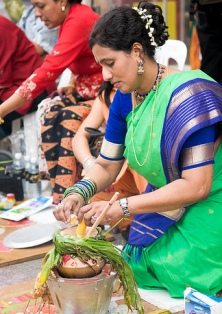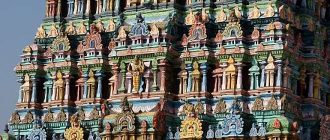Do you want to experience the celebrations of Pongal in India? Are you interested in gaining a better understanding of the Pongal festival as celebrated in India? Read our guide for more facts and information…
The Pongal festival is a four day long celebration in honour of the harvest season. Pongal is an important and popular Hindu festival that is prominently celebrated in the southern states of India. The celebration is traditionally held near the end of January towards early February in regards to the western calendar. The festival always dates after the winter solstice celebrated in January. The festival of Pongal is meant to pay tribute to the Gods in wake of the harvest season of rice, cereals, sugar cane and other products. The Pongal festival is particularly important to the Tamils who reside in India.
First Day
Each day of the Pongal festival is marked by a particular form of celebration and tribute. The first day of the celebration is in Honour of the Lord Indra. The Lord Indra is considered by the people of India to be the ruler of clouds which bring rain; it is important to praise the Lord Indra as rain is critical in order to enjoy a successful harvest. It is a traditional practice to throw old household items into a bonfire. It is then common practice for young girls to dance and sing around the bonfire. The bonfire also serves a practical purpose as the harvest is in the last days of winter and contributes warmth to those enjoying the celebrations.
Second Day
On the second day another act of ceremonial worship is preformed. This day of Pongal is traditionally celebrated while wearing traditional Indian dress. The ritual of the second day of Pongal is to boil a few grains of rice in milk outdoors and present this dish as an offering to the Gods. It is hoped that through this ritual the next year’s harvest will be bountiful.
Third Day
The third Day of the celebration of Pongal in India is a day of celebration for cows and cattle. On this day beads and other ornaments are tied around the neck of the cattle and the people of the villages then worship their livestock. This is in response to the importance and contribution of the cattle in regards to the harvest. The third day generally is enjoyed in a fun and enjoyable atmosphere. It is also of note that on this day actions are preformed to ward off the evil eye as well as other evil spirits.
Fourth Day
On the fourth day of Pongal it is ritual to wash and then place a turmeric leaf in the ground outside each individual’s home. Rice and other items are placed on top of the turmeric leaf. This ritual is preformed in an effort to ask for prosperity for the household for the upcoming year. After this final day of celebration Pongal is concluded until the following year.





